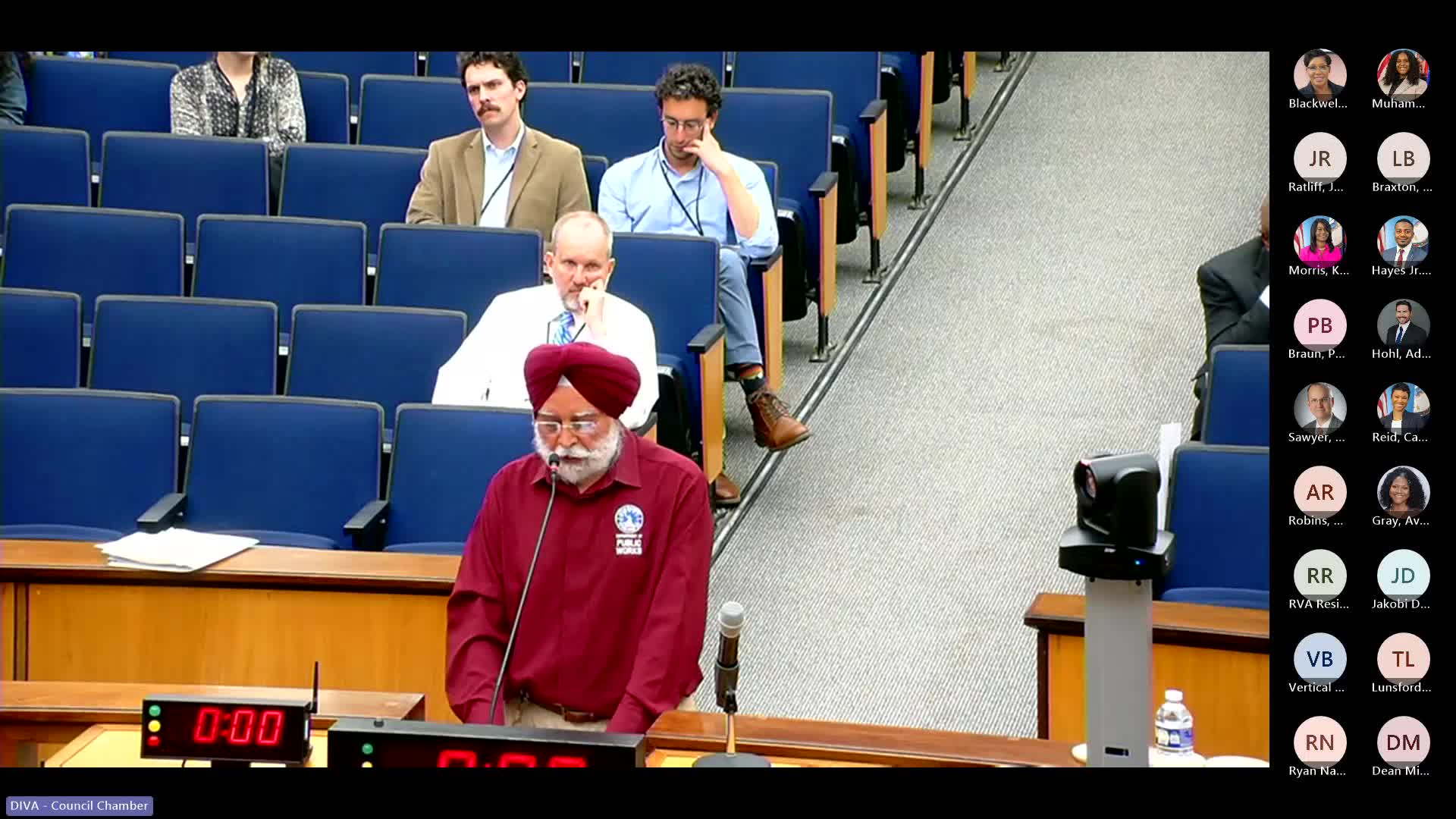Richmond City Council approves $6M for four critical infrastructure projects
May 21, 2025 | Richmond City (Independent City), Virginia
Thanks to Scribe from Workplace AI , all articles about Virginia are free for you to enjoy throughout 2025!

This article was created by AI using a video recording of the meeting. It summarizes the key points discussed, but for full details and context, please refer to the video of the full meeting. Link to Full Meeting
During the meeting, Merrick Malone, the Director of Housing and Community Development, presented an overview of the city's efforts in affordable housing. He emphasized the necessity of intentional public sector involvement to bridge the financial gap in housing affordability. Malone noted that the city has successfully leveraged $20 million in American Rescue Plan Act (ARPA) funding to support over 2,000 housing units, attracting nearly $554 million in private investment.

Before you scroll further...
Get access to the words and decisions of your elected officials for free!
Subscribe for FreeThe committee discussed the importance of performance grants, which have facilitated the development of 2,814 housing projects, with a significant portion aimed at low-income households. Malone stressed the need for alternative funding sources to sustain these initiatives, particularly as ARPA funds are set to expire by the end of 2024.
Committee members expressed support for the establishment of a revolving loan fund to enhance the city's competitive edge in attracting development projects. They also called for improved transparency regarding the city's investment in housing, urging that reports clearly outline the leverage of public funds and the total number of housing units created.
The meeting concluded with a commitment to explore innovative funding solutions and streamline administrative processes to expedite housing development. The committee acknowledged the ongoing housing crisis as a top priority and emphasized the importance of maintaining support for both new construction and the preservation of existing homes.
Converted from Richmond City - Land Use, Housing and Transportation Standing Committee Meeting - May 20, 2025, at 3:00 p.m - May 21, 2025 meeting on May 21, 2025
Link to Full Meeting
Comments
View full meeting
This article is based on a recent meeting—watch the full video and explore the complete transcript for deeper insights into the discussion.
View full meeting




